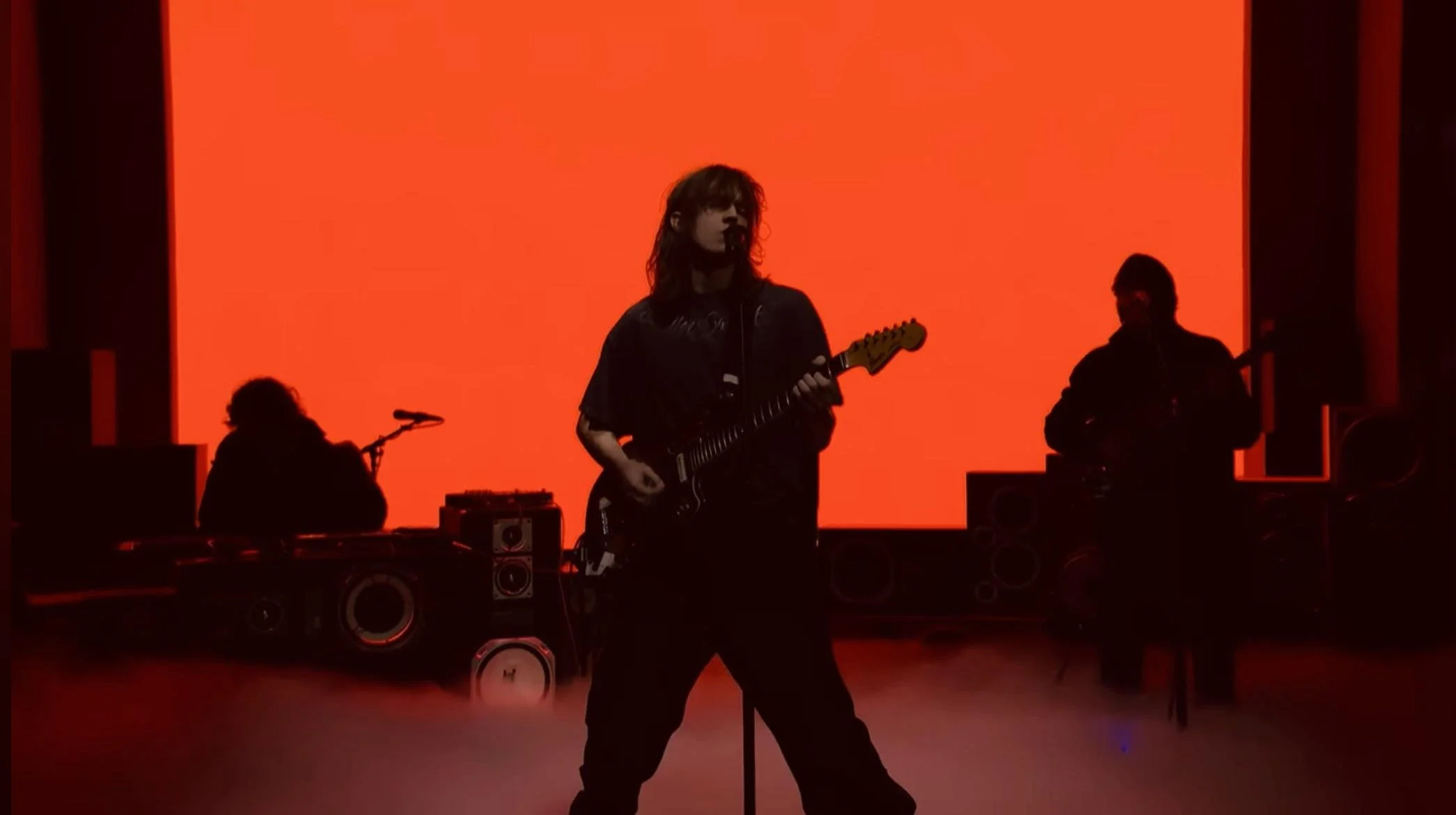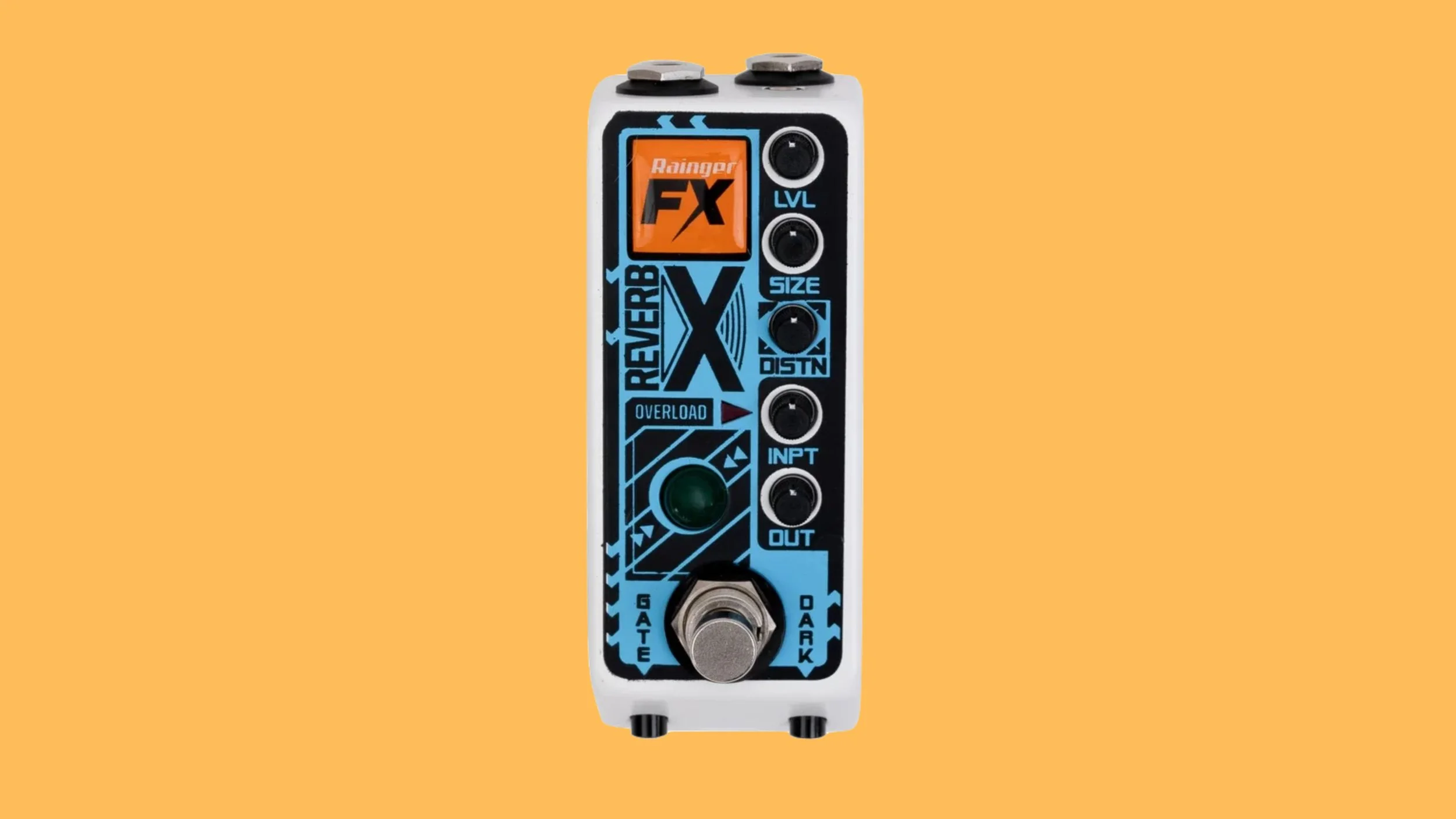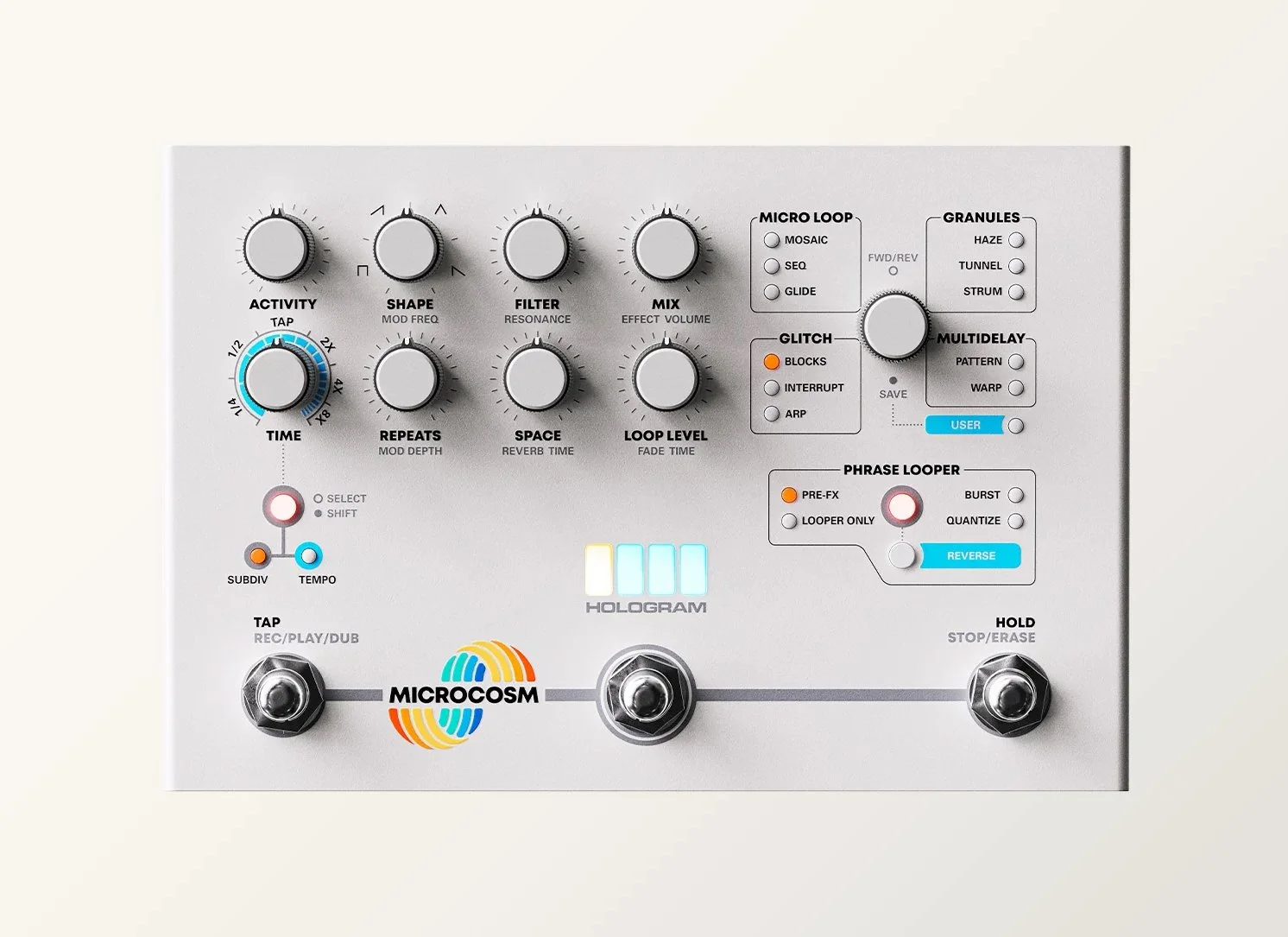How to Get Mk.gee’s Guitar Sound: Baritone Tones, Pedals, and Lo-Fi Textures

Mk.gee’s guitar sound is instantly recognizable — elastic, compressed, and strangely intimate. It’s not clean in the traditional sense, but it’s not distorted either. It lives in that elusive middle ground where the preamp is just starting to gasp for air, where the strings feel heavy yet delicate. His tone blends tape warmth, low-tuned punch, and textural ambience rather than traditional amp bite. It’s the kind of sound that feels mixed before it even reaches your DAW — raw and complete at once. A big part of that magic lies in his setup philosophy: minimal gear, maximum personality. Mk.gee doesn’t rely on boutique amps or endless pedal chains. He chooses tools that color the signal in subtle, imperfect ways, shaping character rather than chasing fidelity. That’s why his tone always sounds a little “off” — brittle on top, rich in the mids, and glued together by natural compression and tape-like saturation. In this guide, we’ll explore how to capture that feeling — through guitars and tunings, preamps and drive, space and modulation, and finally, his recording approach. Each section includes both hardware and software paths to get you there.
Disclosure: This site contains affiliate links. If you book or purchase through these links, I may earn a commission at no extra cost to you. This helps support the site and keeps my content free. As an Amazon Associate, I earn from qualifying purchases.
1. The Foundation: Guitars and Tunings
Mk.gee’s sound starts with how he tunes and plays his guitar. He often uses a Fender Jaguar tuned down to baritone range, which gives his chords a thick, piano-like resonance while keeping note clarity intact. The reduced string tension creates that elastic, “rubber-band” feel so distinctive in his playing. Using a baritone guitar is another interesting option to get lower tones without dealing with slinky strings.
To recreate this, you can use an offset Fender (or Squier) guitar like the Jaguar or the Jazzmaster. Use flatwound or half-round strings for a softer attack and muted sustain, and play with a relaxed right-hand touch to let the compression and preamp do the heavy lifting.
If you don’t want to permanently detune, the DigiTech Drop pedal can convincingly lower pitch without compromising tone. In terms of VST, I love ElasticPitch to experiment with pitch shifting and bending in the box.
When recording, start with a clean but pliable amp sim — AmpliTube, or Guitar Rig are go-tos. Dial the gain so the tone breaks just at the edges, then follow it with an inspiring compressor like a 1176 set to a fast attack and a medium release. This combination preserves the attack while adding that gentle “soft punch” that defines his tone.
Credit: @wescottguitar / Instagram
2. Preamps and Drive: The Sound of Controlled Decay
What separates Mk.gee’s tone from a typical clean setup is how he drives his signal. His sound lives in that fragile zone where circuits compress naturally, generating harmonics that feel emotional rather than aggressive. The magic lies in pushing the input just enough that it sounds strained but still musical.
His early recordings famously ran through a Tascam Portastudio 424, whose tape circuitry added subtle clipping and a cohesive midrange bloom. To recreate that behavior today, the JHS 424 Gain Stage (read our review here) captures the same vintage saturation beautifully, while other preamp pedals provides a more refined, hi-fi version of that controlled warmth.
For studio preamps, the Warm Audio WA73, or even a pro-quality pedal like the JHS Colour Box are excellent for adding chewy, transient-rounded mids that make the guitar feel “finished” on the way in.
In software, aim for saturation that sustains rather than distorts. Plugins like Soundtoys Decapitator, or RC-20 Retro Color work well. Keep the drive at a medium level and experiment with the tone and the mix.
3. Space and Texture
Mk.gee’s sense of space is intimate and imperfect — more room mic than cathedral reverb. Rather than drenching his tone in ambience, he uses short reflections and decays that feel baked into the sound. His guitars seem to exist inside the mix rather than floating above it, creating a close, almost claustrophobic warmth.
He leans on older digital units like the Alesis Quadraverb, whose early reflections and grainy algorithms add a brittle, lived-in quality without overwhelming the dry signal. For modern equivalents, the Rainger FX Reverb-X captures that hazy, broken ambience, while the Chase Bliss MOOD MKII and Habit create looping textures and smeared echoes that evolve as you play. Place these after your preamp or light drive — the reverb should feel fused with the tone, not painted on top.
In a DAW, you can achieve similar results by pairing Waves H-Delay—a favorite for vintage, modulated echoes—with a reverb such as the UAD Lexicon 224 for a dense, fast-decaying space. To get closer to the dynamic feel of the Rainger pedal, place the effects on a bus and insert a gate before them (most DAWs include one by default). Set the gate to mute quieter notes but open on louder ones. This way, when you play more intensely, those moments bloom with lush reverb and delay tails.
Add a touch of saturation before the ambience chain to simulate analog front-end warmth. Keep decay times short — around one second — and drive the input until it starts to blur slightly. The goal is to make the space sound printed into the performance.
4. Modulation and Movement
Mk.gee uses modulation to add motion, not width. His guitar tones feel alive — slightly detuned, gently breathing, like tape reels drifting in and out of sync. This micro-movement gives his sound its vulnerability: never sterile, never static.
One of his key tools is the Roland VG-8, specifically the Bowed Pad preset, which behaves almost like a synth voice with its soft, drifting pitch and built-in movement. It’s less a traditional modulation effect and more a textural engine that blurs the line between guitar and synth. Modern hardware alternatives that channel this feel include the Hologram Microcosm, and the Boss SY-200, all capable of that same pitch-flexing, pad-like motion. For subtler, more classic modulation, analog units like the Boss CE-2W or Electro-Harmonix Electric Mistress excel when used sparingly.
For plugins, Arturia Chorus JUN-6 and UAD Studio D Chorus offer beautiful, understated movement, while Wavesfactory Cassette and Aberrant DSP SketchCassette II can replicate the unstable, bending quality of the VG-8’s pad-like modulation. Keep modulation depth minimal — 1–2% with slow rates — just enough to make the sound sway and breathe.
5. Recording and Performance Approach
Mk.gee’s recordings blur the line between demo and studio polish — intentionally. He commits to sounds early, printing effects, drive, and ambience into his tracks so that the final mix feels cohesive and spontaneous. Each part is recorded as a finished statement, not a placeholder waiting for polish later.
In practice, that means recording through pedals, embracing slight clipping, and layering multiple takes with small tonal variations. Mk.gee often doubles guitars using slightly different preamp settings, creating that elastic interwoven texture his records are known for. Small timing imperfections only make the layers breathe more naturally — his mixes feel alive precisely because they aren’t quantized or surgically cleaned.
To adopt this mindset in your DAW, print effects and commit to tones instead of leaving everything adjustable. Bounce stems with their processing intact, and use virtual tape plugins like UAD Studer A800, or u-he Satin to add a final coat of analog grit. Glue your mix with light bus compression — something like SSL Native Bus Compressor — just enough to make everything sit together. The goal isn’t polish; it’s presence and immediacy.
Final Words
The beauty of Mk.gee’s guitar tone lies in restraint. Every decision — from tuning to drive to space — serves emotion over perfection. It’s a tone that celebrates imperfection, where compression and saturation tell the story more than flashy playing ever could. When you stop chasing cleanliness and start sculpting texture, even a humble setup can sound cinematic and alive.
If you’re trying to capture his essence, remember: the secret isn’t the gear, it’s the commitment. Mk.gee shapes sound in real time and moves on, trusting whatever happens rather than polishing it into something safe. Whether you’re using a Portastudio, a Chase Bliss pedal, or a plugin chain, let yourself commit early and play with intent — not to clone his tone, but to give yourself the same permission he takes: to experiment, to bend the rules, and to lose control in ways that lead somewhere new.
Disclosure: This site contains affiliate links. If you book or purchase through these links, I may earn a commission at no extra cost to you. This helps support the site and keeps my content free. As an Amazon Associate, I earn from qualifying purchases.




